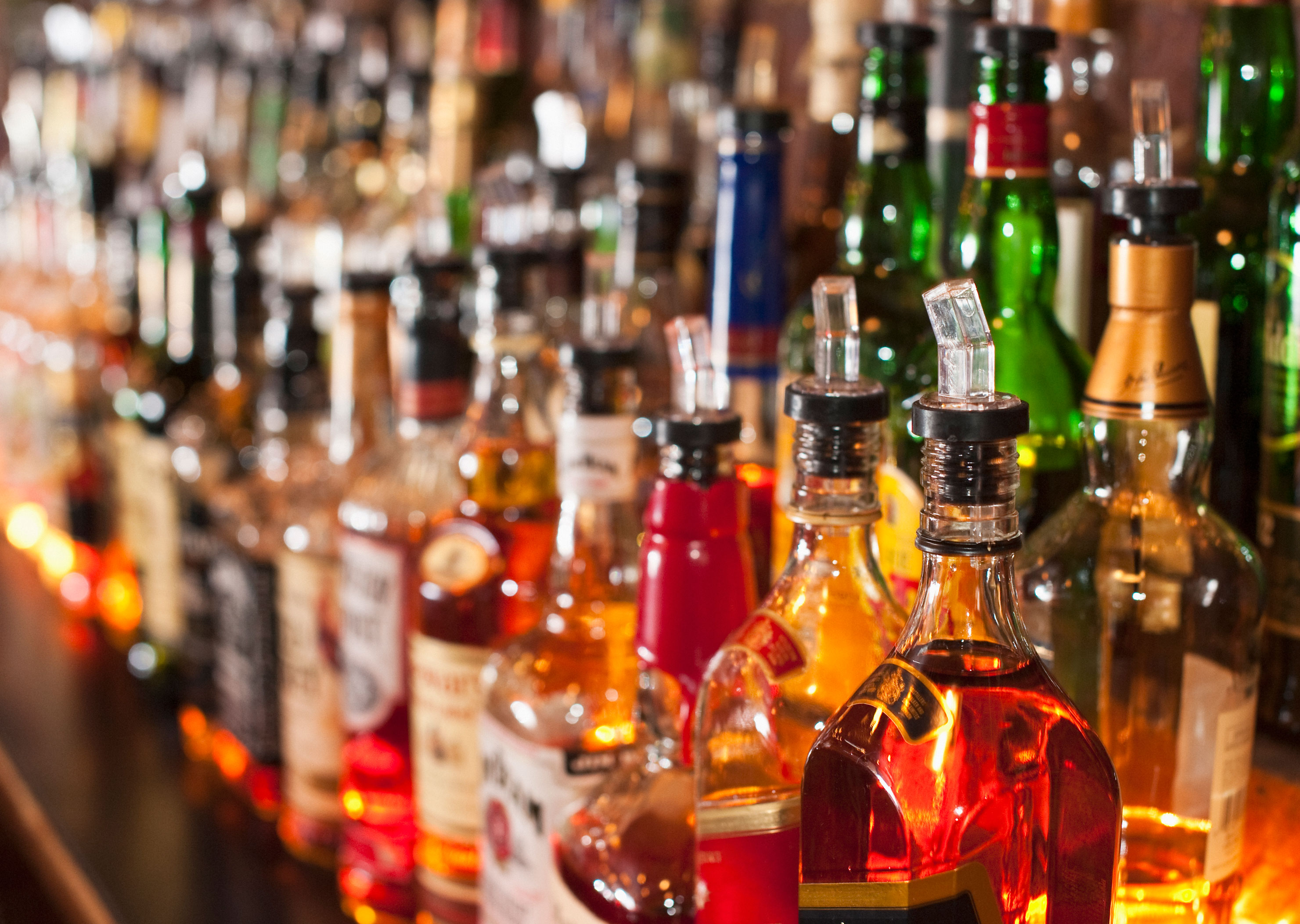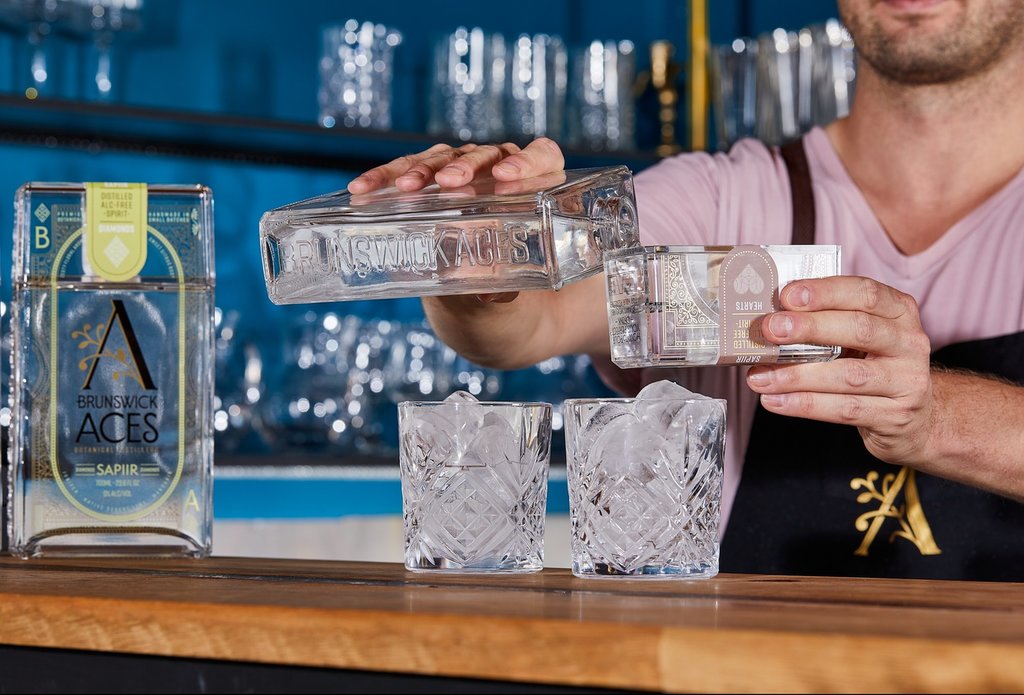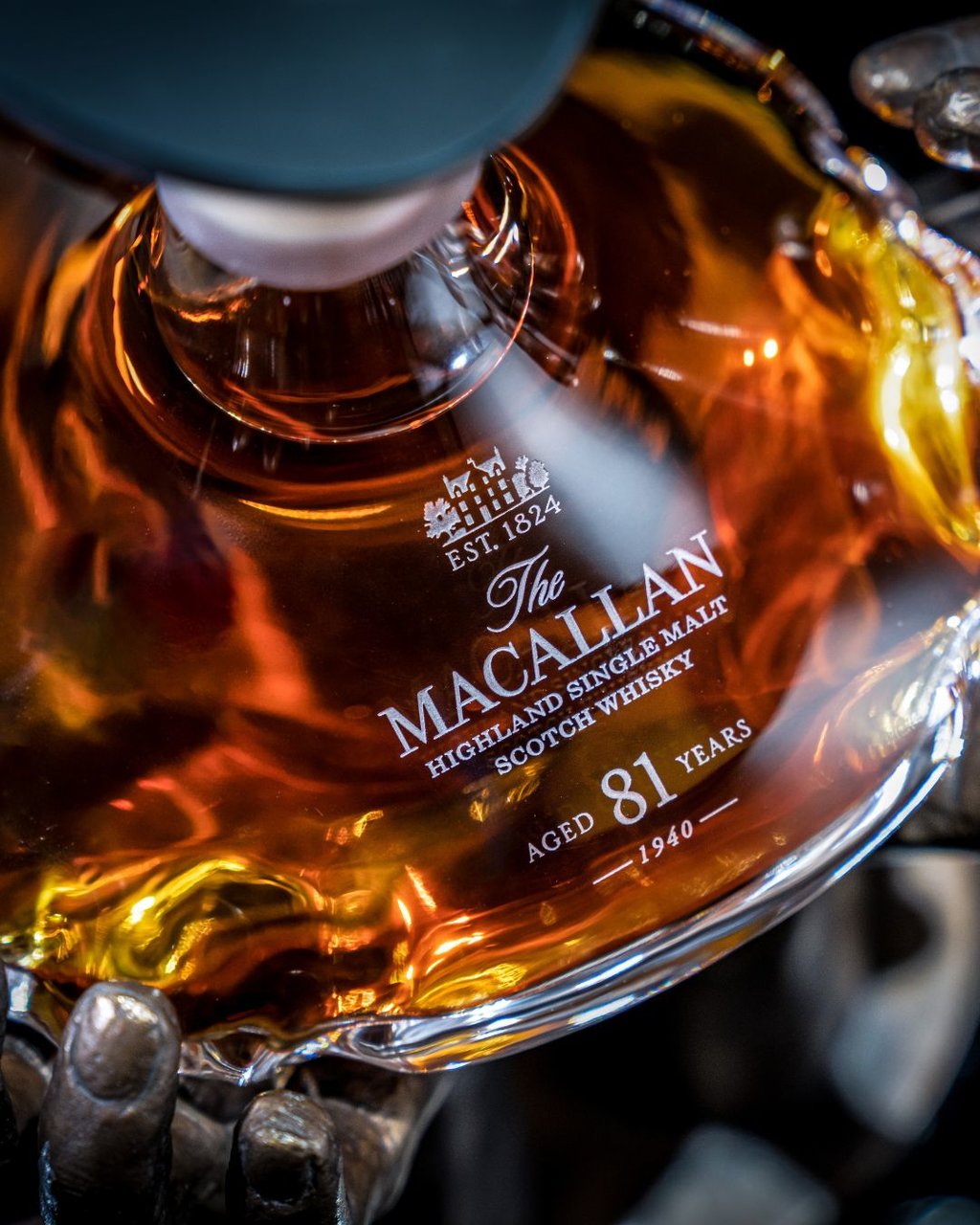Feature
Touch of glass – distillers seek boost from bottles
Amid pressure on consumer spending, upmarket distillers will be pulling every lever to support sales – including the bottle itself. Sonia Sharma reports.

Distillers seek boost from bottles
Glass has many benefits for bottling spirits, from preservation and sustainability to marketing and branding.
A bottle’s role in brand-building has come to the fore in recent years with premiumisation driving the growth of various spirits categories, from whisk(e)y to Tequila.
With consumer spending across markets squeezed by inflation, spirits brands have been keen to position themselves as an ‘affordable luxury’. The design of a glass pack and a brand’s back story have become important components in marketeers’ efforts to make their spirits stand out from the crowd. And distillers small and large are using packaging as part of their toolkit.
Laurence Conisbee, the founder and MD of UK craft distiller Wharf Distillery, says upmarket brands have the opportunity to be more innovative than, for example, cut-price rivals and he argues develop new products with less risk and bring concepts to market more quickly. “Much of the upsell of craft brands is the look and feel of the product, and our customers appreciate the attention to detail that you do not get with budget brands.”

Brunswick Aces Distillery’s sapiir, its non-alcoholic alternative to gin
Conisbee’s sentiments are echoed by Brunswick Aces Distillery, a producer of gin, as well as a non-alcoholic alternative, based in Australia.
“As much as we are facing a cost-of-living crisis, consumers are still looking to spend money for special occasions and gifts,” co-founder and CEO Stephen Lawrence says.
Lawrence suggests distillers offering premium spirits can benefit from a trend of consumers drinking on fewer occasions but sipping better products.
“It could therefore be argued that consumers are instead more willing to spend on premium brands and packaging as it is more of a treat. However, given the competition to stand out, some additional value is required by producers in this highly competitive space,” he says.
Historic traditions
In order to attract consumers’ attention, different techniques for glass, such as light-weighing are used, which can lead to lower transport costs (and carbon emissions), encourage recyclability and help to save on resources during filling. Marketeers also look at design characteristics such as embossing, emblems and shapes to establish a brand’s identity.
Stuart Santon, the chief commercial officer for packaging giant Ardagh Group’s glass business in Europe, says there are a number of decoration techniques that can be used. “The decoration possibilities are endless, from steam sleeving to coating and screen printing. Ardagh Glass Packaging has recently invested in new decoration facilities in Poland, the UK and Sweden, giving us more flexibility and efficiency in this area,” he explains.
Heritage and provenance are two aspects that can be supported by bottle design.
A spokesperson for UK distiller Edrington points to its Scotch whisky brand The Macallan, saying the “single malt whiskies demonstrate the skill and craftsmanship of our whisky mastery team, while our packaging reflects the uniqueness of the whisky within”.

The Macallan The Reach
Edrington’s recent product development for The Macallan has taken in the high end of the market and has included the oldest whisky for the brand to date, The Reach, a single malt drawn from a cask from 1940. The whisky is sold (for the princely sum of $125,000 at launch) in bespoke packaging created by a collective of Scottish artisans alongside the distiller’s master whisky maker Kirsteen Campbell.
“The whisky is encased in an exquisite decanter created from mouth-blown glass, cradled on a bronze sculpture of three hands presenting three characters to tell the story of The Macallan’s legacy,” the Edrington spokesperson explains. “This is one of the most intricate packaging designs to be revealed by The Macallan and showcases our dedication to incomparable craftmanship and creativity.”
Packaging can also give upmarket spirits the chance to entice consumers with pricey purchases of a gifting nature and here glass formats can come into their own. At Pernod Ricard, the spirits giant has a rum in its Havana Club portfolio it devised with cigar brand Cohiba as the first Cuban rum to be specifically developed to be paired with cigars.
The cedar wood cabinet and glass bottle work are used to create an eye-catching platform for the rum, while also presenting a representation of Cuban culture.
Overcoming obstacles
A challenge that’s faced distillers of all sizes in recent quarters is the sourcing of glass, both in terms of pricing and availability.
Wharf Packaging’s Conisbee says distillers have had to adapt amid pressures on supplies. “We now actively look to in-source as much as possible to reduce lead times and therefore release capital tied up in stock,” he explains. The company is looking to move towards more readily available bottle styles to minimise the risk of running out of stock and are investing savings into high-quality label design.
At Brunswick Aces, based in Melbourne, Lawrence explains the time it takes to obtain supplies and the cost involved to buy the glass have been obstacles for the business.
“It is never an easy combination. We have also decided to source product from Australia to focus on our carbon footprint and to support local producers but, again, this does come at a cost,” he elaborates.
Conisbee believes that there are ways to use design to tackle rising costs. Cost-effective options for innovative design involve painting bottles with colour and he can see this becoming more popular, as there are an increasing number of companies offering these services at competitive prices. “Classic bottle shapes will continue to be popular when layered with creative and playful design,” he says.
Conisbee also ultimately believes there will need to be a move away from heavyweight glass because of the high cost.
Working collaboratively
When weighing up the factors that might drive demand for glass packaging moving forward, Santon believes a desire for distinct shapes will be common among Ardagh’s customers, while he also sees the rising popularity of more intricate and lifelike embossing, which takes the design into the glass itself. “Attention to detail adds brand value and creates a premium quality for the consumer; this method of decoration can also support brand integrity,” he says.
Santon also expects Ardagh to work in closer partnerships with customers to make glass packaging – and the wider value chain surrounding the material – even more sustainable. “Specifically, we anticipate further advances in light-weighting, a switch to renewable electricity and alternative fuel sources, as well as developing new low-carbon melting technologies,” he explains. The company has also recently announced a project in Sweden with its customer Absolut, in addition to three solar projects in the Netherlands.
As consumers are paying closer attention to product sourcing, ethical principles and sustainability credentials when they browse for products, drawing attention to a brand’s ESG attributes could be a significant contributor to sales.